I’ve been a Pentax user since the days before people called themselves ‘shooters’ – since 1984, to be exact. The ME Super I bought then is worth far more to me than to anyone else, so I’ll never part with it. It’s had a variety of lenses for company: some best forgotten, some that I still use and value.
The lens
The lens that provides the premise for this piece was a mistake. It cost me less than £30, so hardly a disaster, but one that shows the wisdom of the old advice about something that seems too good to be true. I’d been looking for a 70-200ish zoom, mainly to use for landscapes and up popped this one at a price I was happy to pay. Better yet, ‘10% off all used items this weekend!’ extracted card from wallet a little too fast.
For this is not the A-series SMC Pentax tele-zoom I was hoping for. See those green aperture markings? They mean it’s a Pentax-A 70-200/4, sometimes badged Takumar-A. And it’s not very good. It’s not even very nice to hold – a big minus when much of my return to film has been driven by the tactile pleasure of using 40-year-old machines. It was months before I brought myself to use it at all.
The camera
By the time I did, I had another unintended Pentax to try out, but this wasn’t a lens. Another dealer had an A-series 24-50/4, which I thought might be useful for days out when I didn’t want to be constantly swapping lenses. But it came attached to a K1000, a camera I’d never considered buying even when it was the cheapest way into the Pentax SLR lineup. Since then it’s gained something like cult status for what seem to me like the wrong reasons. Photography lecturers used to recommend it as an affordable, reliable camera with a great lens system, but somehow that got twisted into the ‘best camera for any student’ – with used prices to match. This one, however, wasn’t overpriced and I was confident I could sell it on and keep the lens.
On yer bike!
But I like cameras too much to have one and not to try it out, so I thought I’d put these two accidental purchases together and see how it went. It was April 2020, the sun was shining, the bluebells were in full bloom – and Britain was confined to quarters by Covid-19. But the rules allowed us out for ‘one form of exercise per day’, and I took most of mine on a bike. And my bike has a handlebar bag that will take quite a lot of camera and still have room for the other essentials, so into the K1000 went a fresh roll of Fujicolor 200, and off I went to the woods.
Let me say now that the beech woods near my South Oxfordshire home are one of the loveliest environments I know, and it’s a huge privilege to have such easy access to them and to see how they change with the seasons. Near where these pictures were taken, a badger ran across my path one May evening – the only live one I’ve ever seen. But capturing the woods on film is a challenge, as so much is an impression – of light, of colours, of earthy, leafy smells – rather than a set of objects I can point a lens at. I hoped that using a telephoto lens – the Pentax-A telezoom was the only lens I took with me – would let me concentrate those impressions into something more tangible.
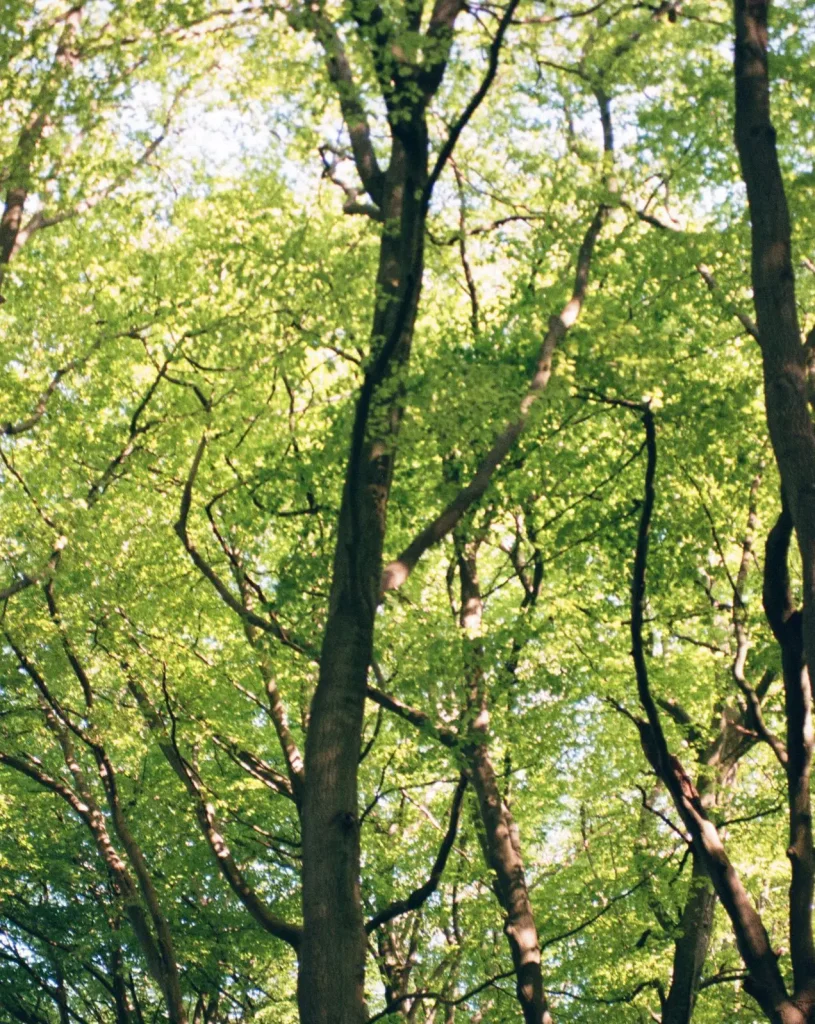
Twiddling the knobs
First, I had to set an exposure – manually, of course. Not difficult, really. In spring, the beech trees have yet to put out enough leaf to monopolise the light as they will in the summer, so plenty still reaches the ground – which is why the bluebells choose spring to put out their flowers. The light is also pretty consistent and diffused, so there’s no need to micro-adjust for every shot; so long as I give the shadows enough to keep them from blacking out, the occasional patch of bright sky isn’t going to hurt. With no tripod, though, I did have to be wary of camera shake, so I took a speed-priority approach with the K1000’s meter, setting the shutter to 1/125 or even 1/250 and choosing an aperture to suit the shadows.
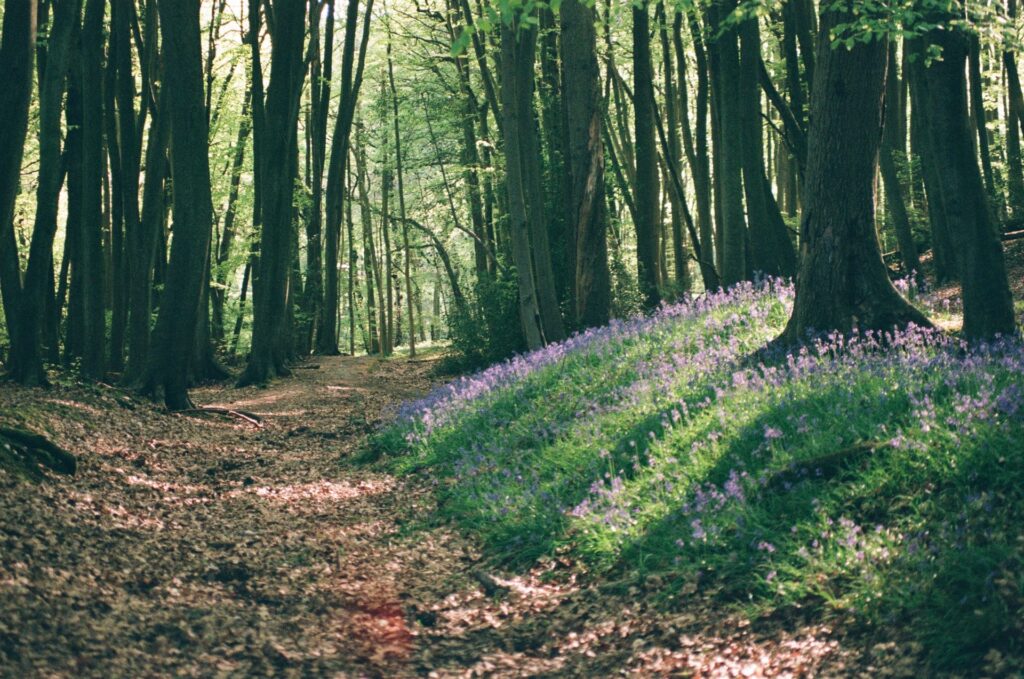
The K1000 was OK with this simple method, but so would have been just about any other camera I could have brought. Focusing was more tricky, as all it has is a microprism centre spot. This is easier to use than a microprism collar around a split-image centre – but that’s only because a split-image is so much easier to use that I’d never used the microprism until it was all I had. My frames contained plenty of vertical lines – and nothing to help me focus on them. But, I reminded myself, I wasn’t in a hurry, so I could take the time required by the tools I had.
And the lens? Still not a great experience, to be honest. It’s big and heavy, and the supposed ‘balance’ I might hope for from mounting it to the bulky K1000 wasn’t really happening for me; the ME Super and M135/3.5 would have been much more wieldy. Worse, the ‘one-touch’ zoom and focus ring is so jerky and imprecise that finding and holding the right setting was much harder than it needed to be.
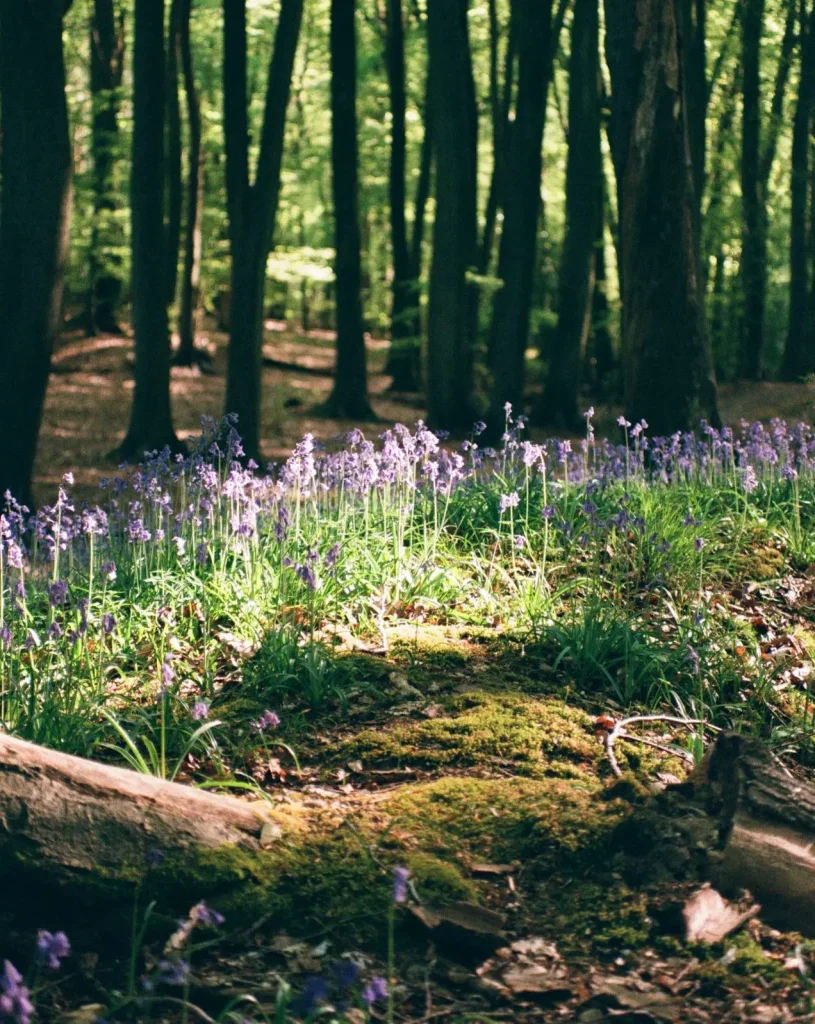
What would Monet think?
So, what of the results? Well. ‘impressionistic’ isn’t a bad word for them, in that you can see what’s meant to be there but there’s an awful lot of fuzz. Some – that I’ve not shown here – have obvious focus errors or camera shake, but even the good ones don’t show anything you might call ‘bite’ or ‘snap’. And it does a most un-Pentaxy thing when you point it towards the light: flare, all over the place. If you’ve ever wondered what is ‘Super’ about Super Multi-Coating, just look what happens without it!
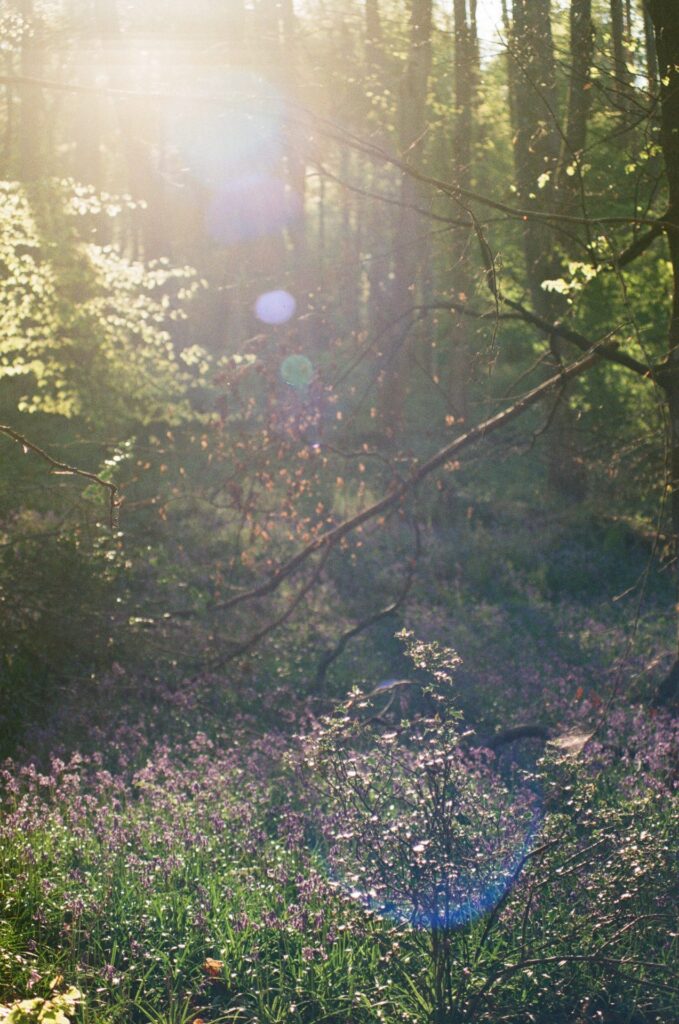
But maybe, for a subject like this, that’s not important. It’s done a fair job of capturing the feeling of the woods in springtime – and isn’t that what I set out to do?
Should it stay or should it go?
But would I take it anywhere else? Unlikely. I could forgive it for being large and heavy if it were pleasant to use – but that sloppy zoom collar wrecks it for me. It hasn’t put me off the tele-zoom idea altogether; I’ve since added a Series E 75-150/3.5 to my Nikon kit, although that is lighter, faster and the zoom on my example at least feels much smoother and firmer. But I’d probably take the M135/3.5 or its M120/2.8 cousin if I were to try this again with a Pentax next spring.
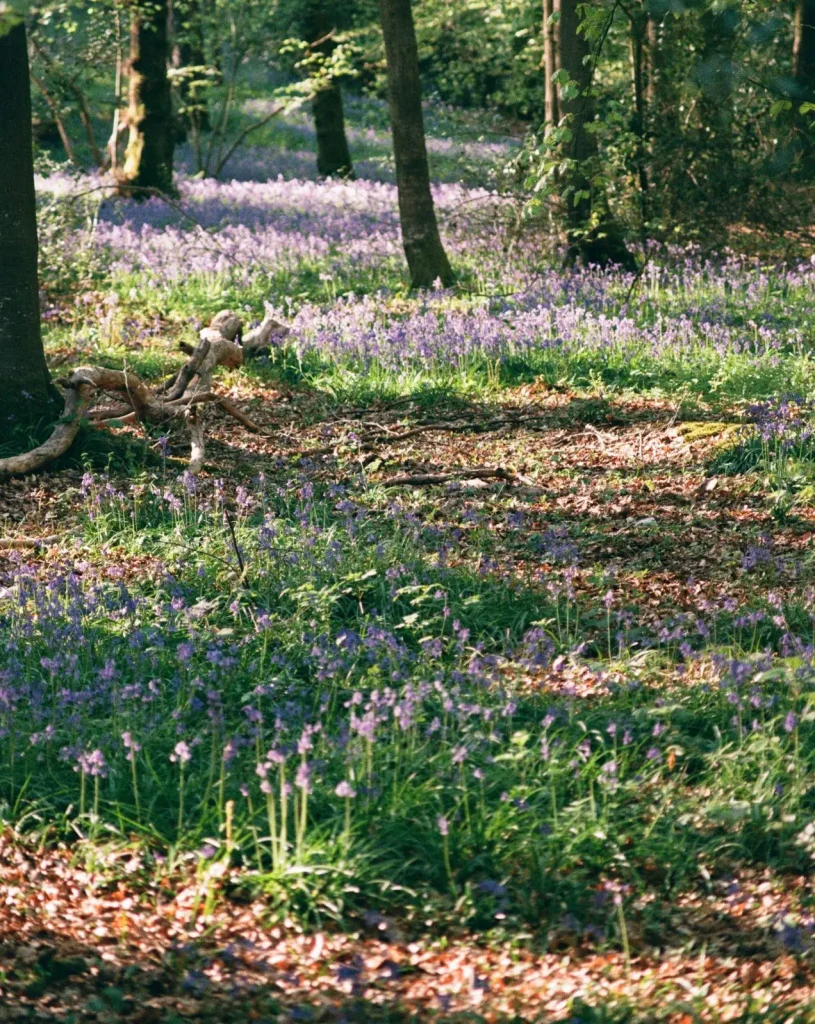
And what of the K1000? It’s really not bad. When the light’s bright enough, I can focus it with the microprism, and while the meter may seem crude, there isn’t one mis-exposed shot on the whole roll. It’s a heavy old thing to be lugging around on a bike, though. I gave it a couple more outings to finish the roll, this time with the A24-50/4 – with which I’m very pleased, as I hope these final examples show.
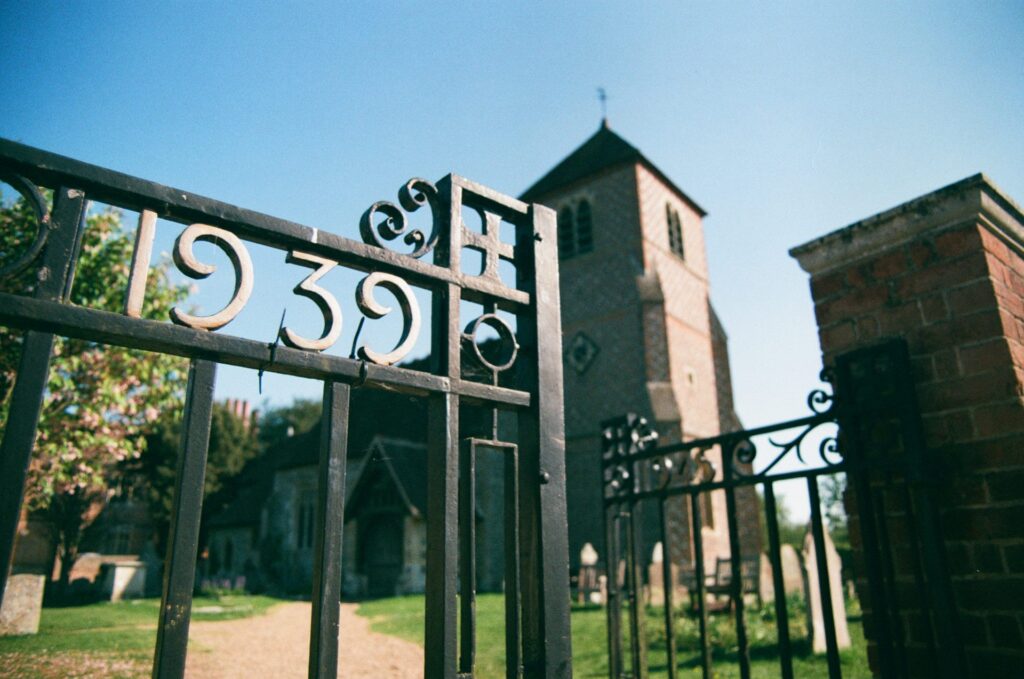
But the K1000 is an inferior shooting experience to the ME Super, and a lesser manual machine than the MX, either of which will beat it into the bag on Pentax days.
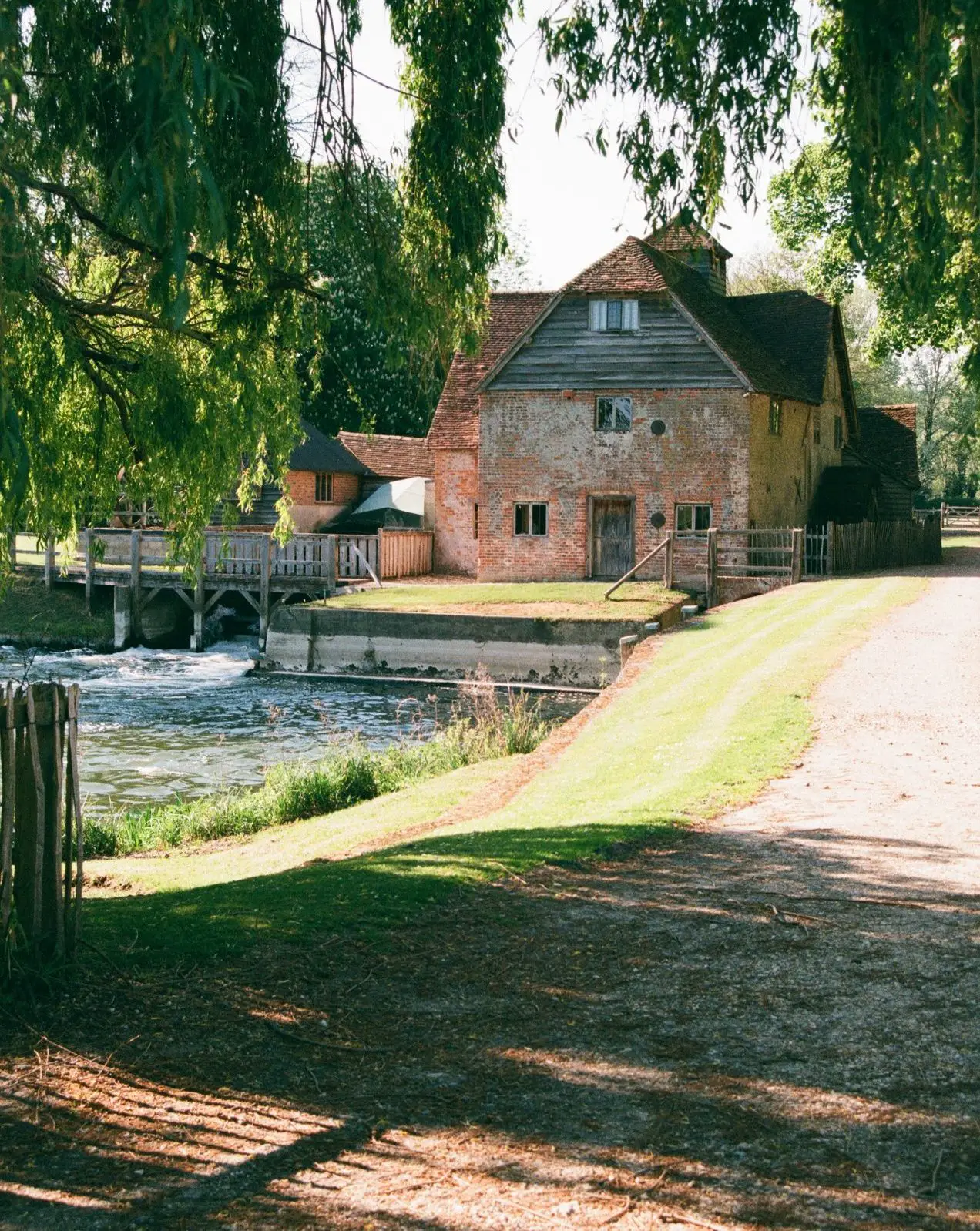
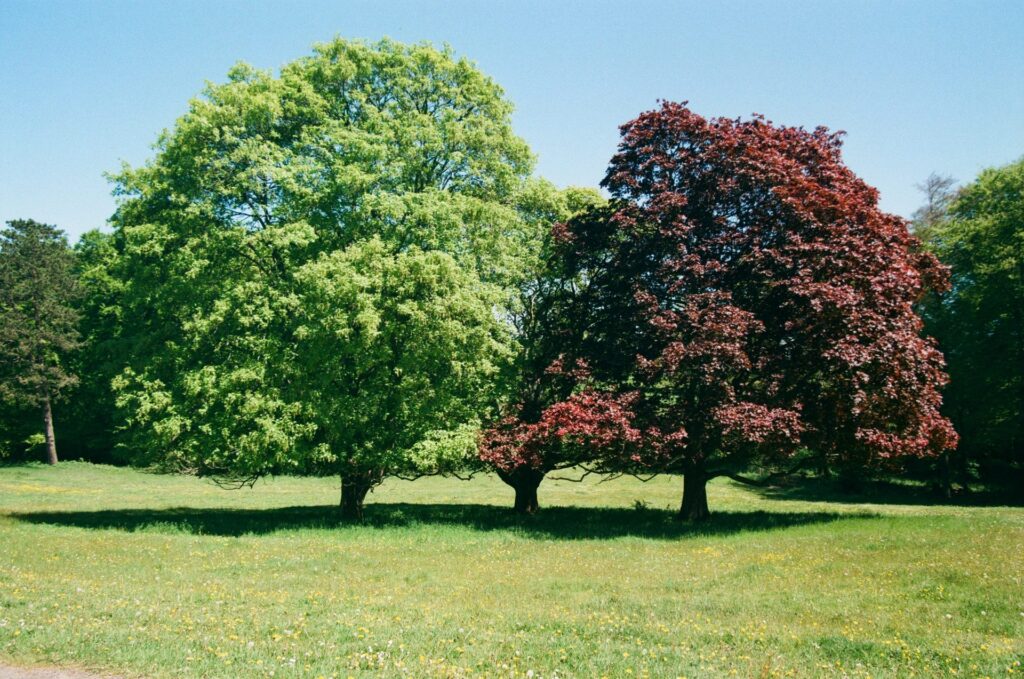
So it will be taking its chances in the small ads – along with the M50/2 that came with the MX, and the big, sloppy Pentax-A zoom.
You can find my other articles on 35mmc here
Share this post:
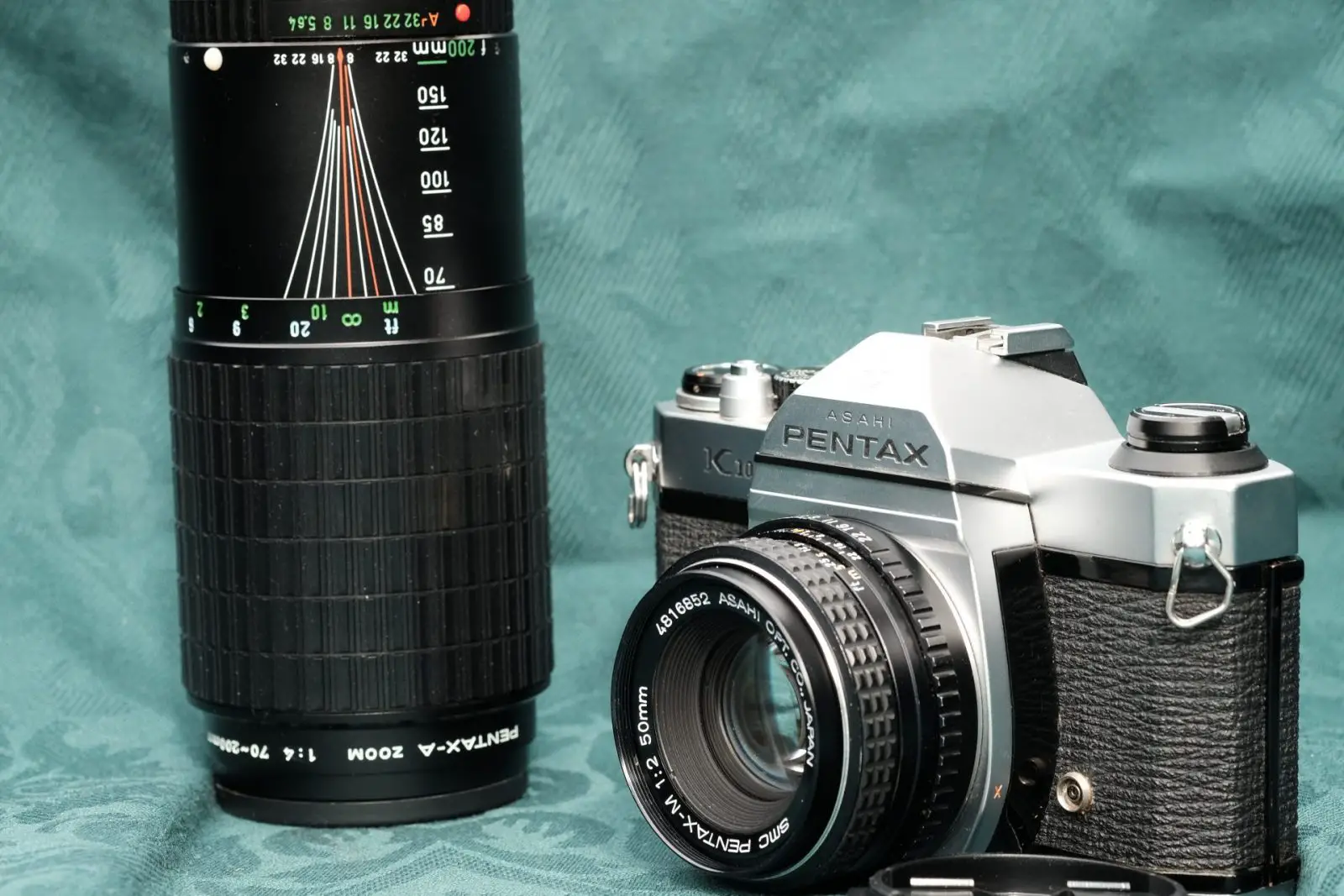








Comments
Wim van Heugten on Pentax-A 70-200/4 & K1000 – The Accidental Pentax Kit – By Clive Williams
Comment posted: 07/11/2020
Nice reading. You got yourself the wrong Pentax tele-zoom from thar era. Better try a Pentax-A 1:4 70-210. Only drawback is weight (and size). Very fine optics.
Regards,
Comment posted: 07/11/2020
Michael Jardine on Pentax-A 70-200/4 & K1000 – The Accidental Pentax Kit – By Clive Williams
Comment posted: 07/11/2020
I'm always up for some Pentax geekery- it might be the flip-side of the blessing of having so much choice for K-mount lenses that there's some indifferent stuff around with that fitting. Are there rotten lenses out there with Nikon or FD-mounts?
I tend to stay clear of zoom lenses anyway as I think primes encourage me to think more and take better photos, but off-brand 3rd party K-mount zooms of the sort you find in jumble sales for a fiver are almost always horrible. FYI.
Favourite recent K-mount acquisition? An A-series 50mm/f2.8 Macro. Acquired cheaply actually to use the macro with a DSLR for copy work, but sings very nicely with an MX.
Comment posted: 07/11/2020
Peggy on Pentax-A 70-200/4 & K1000 – The Accidental Pentax Kit – By Clive Williams
Comment posted: 08/11/2020
Comment posted: 08/11/2020
Comment posted: 08/11/2020
Comment posted: 08/11/2020
Brian Nicholls on Pentax-A 70-200/4 & K1000 – The Accidental Pentax Kit – By Clive Williams
Comment posted: 08/11/2020
Comment posted: 08/11/2020
Huss on Pentax-A 70-200/4 & K1000 – The Accidental Pentax Kit – By Clive Williams
Comment posted: 08/11/2020
Another Pentax 'sleeper' is the K2. A superb auto/manual slr and in many ways I prefer it to my LX as it has a much easier to use focus screen.
Comment posted: 08/11/2020
Jens Knappe on Pentax-A 70-200/4 & K1000 – The Accidental Pentax Kit – By Clive Williams
Comment posted: 18/02/2022
Instead of a Tele-Zoom-Lens i use on my Prakticas or on the Contax RTS prime lenses.
For landscapes i throw lenses like Meyer Optik Orestor 100mm or Carl Zeiss Jena Sonnar 135mm or Meyer Optik Primotar 180mm in the bag. Often i use an outstanding copy of Pentacon MC 135mm f2.8, which is on par with the Sonnars. In almost all cases i'm very satisfied with the image quality with these lenses.
Of course you have always to search for the right location / point for the best angle in landscape photography.